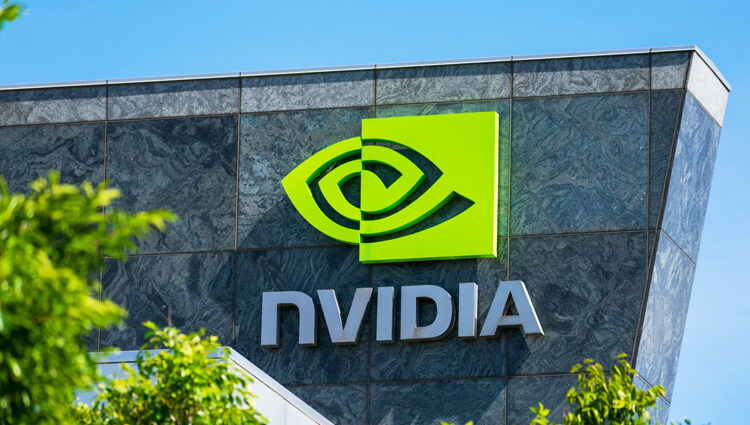US tech firm NVIDIA recently announced the launch of Instant Neural Radiance Fields (Instant NeRF), a new technology that turns 2D images into real-time 3D (RT3D) digital renders.
The new solution uses artificial intelligence (AI), an ultra-fast neural network, and rapid rendering to create 3D digital twins based on a selection of 2D photographs. According to the California-based firm, the AI platform instantly recreates real-world details, lighting, and shadows as a 3D digital twin.
NVIDIA Instant NeRF enables users to recreate real-world subjects as digital twins like virtual objects, individuals, or entire immersive scenes. During the Nvidia GPU Technology Conference (GTC), the firm showcased how the rendering solution creates digital representations in seconds.
David Luebke, Vice President for Graphics Research at NVIDIA, added,
“Instant NeRF could be as important to 3D as digital cameras and JPEG compression have been to 2D photography — vastly increasing the speed, ease, and reach of 3D capture and sharing”
Accelerating XR Production with NeRF
NVIDIA’s Instant NeRF technology has the power to speed up extended reality (XR) production pipelines by replacing manual digital design processes with an autonomous AI neural network to create 3D renders.
The tool also works around movement and obstructions within an image without producing visual errors, and NVIDIA is cutting production times by integrating multi-resolution hash grid encoding to optimise the solution for its brand GPUs.
Outside of immersive XR production, NVIDIA says that Instant NeRF applies to many industry verticals, including automotive, robotics, manufacturing, architecture, and entertainment.
For example, businesses can use Instant NeRF to familiarise robots and self-driving cars with navigating real-world environments via the firm’s NVIDIA DRIVE solution.
During an NVIDIA GTC keynote, Jesnen Huang, CEO of NVIDIA, added,
“NVIDIA DRIVE is our autonomous vehicle system, it’s essentially an AI chauffer. – To train the AI models, we use NVIDIA AI and DGX. ‘DRIVE sim‘ in Omniverse, running on OVX, is the digital twin”
Additionally, by using Instant NeRF, RT3D developers can recreate entire buildings or real-world locations for exploration via an immersive desktop application or augmented, virtual, and mixed reality (AR/VR/MR) headsets.
ICYMI: Check out how this 3D render was made from photos using NVIDIA Instant NeRF.⏱️
To get started, visit https://t.co/NgWaVVu9i1. #AI #NeuralNetworks #Computervision. https://t.co/JB7YE8EvqE
— NVIDIA AI Developer (@NVIDIAAIDev) April 19, 2022
Enhancing the Future of XR
The platform also enhances AI solutions by accelerating techniques such as reinforcement learning, language translation and general-purpose, deep learning algorithms.
NVIDIA is accelerating XR production further with its Omniverse platform that unifies RT3D design applications within a single creative suite. During this year’s Consumer Electronics Show (CES) 2022, NVIDIA revealed that the Omniverse service would be free to select users.
The news comes after Meta teamed with Mattetport, an AI and spatial data company, to establish the future of work and living with a rich database of digital twins of indoor spaces.
The Menlo Park-based firm uses Matterport data to build the foundation of its upcoming conversational voice-activated AI systems such as Builderbot, Project CAIRaoke, and TorchRec.

